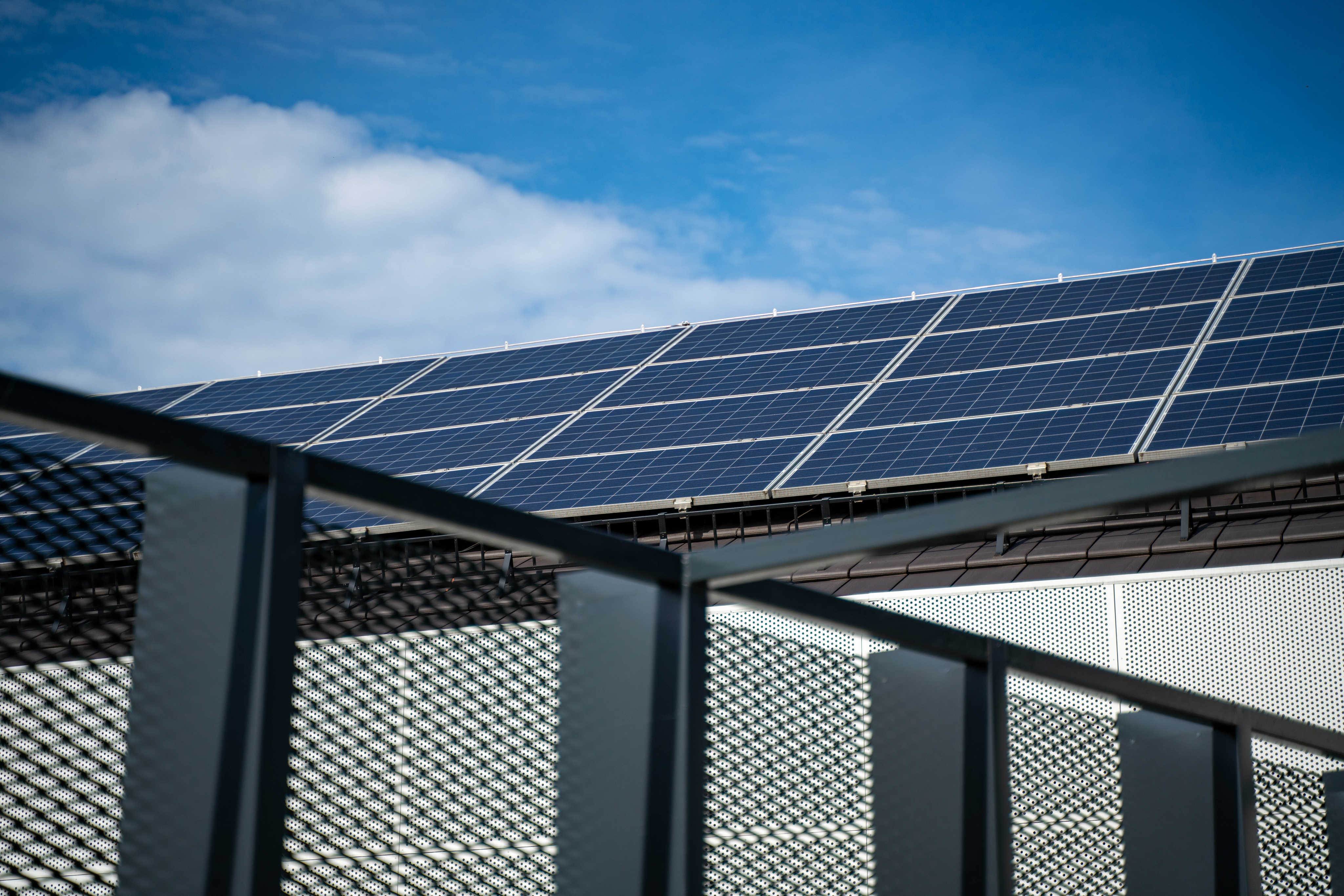Managing complex trade-offs in building design and operation requires a comprehensive understanding of various factors, including ventilation, energy consumption, environmental impact, health, safety, and comfort. Each decision made in this regard involves weighing multiple competing interests to achieve an optimal outcome. Here's how to approach it:
Holistic Approach: Rather than focusing solely on one aspect, such as energy costs, take a holistic view of building performance. Consider the interdependencies between different factors and how changes in one area might impact others.
Risk Assessment: Assess the potential risks and consequences associated with each decision. For example, reducing ventilation rates to save energy may lead to poor indoor air quality and health issues for occupants. Understanding and mitigating these risks is crucial.
Stakeholder Engagement: Involve relevant stakeholders, including building occupants, designers, engineers, health experts, and policymakers, in decision-making processes. Each stakeholder may have different priorities and perspectives that need to be taken into account.
Data-Driven Decisions: Base decisions on reliable data and evidence. Conduct thorough research and analysis to understand the implications of various options. This may involve collecting data on energy consumption, indoor air quality, occupant comfort, and other relevant metrics.
Performance Standards: Establish performance standards and guidelines that prioritize both energy efficiency and indoor environmental quality. This ensures that buildings meet minimum requirements for ventilation, thermal comfort, and safety.
Flexible Design: Design buildings with flexibility in mind to accommodate changing needs and conditions over time. Incorporate adaptable ventilation systems and controls that can be adjusted based on occupancy levels, outdoor air quality, and other factors.
Continuous Monitoring and Optimization: Implement systems for ongoing monitoring and optimization of building performance. This allows for adjustments to be made in real-time to ensure that ventilation rates and energy consumption remain balanced while maintaining indoor air quality.
Education and Awareness: Raise awareness among building owners, operators, and occupants about the importance of ventilation and indoor air quality. Encourage behavior changes and best practices that support healthier and more sustainable building environments.
By considering these strategies and principles, it's possible to navigate the complex trade-offs involved in building design and operation, ultimately achieving outcomes that prioritize both energy efficiency and indoor environmental quality.
Tags
Related news

10 Innovative Ways to Use IAQ Data for Healthy Buildings
Closing the Gap Between Data and Action For forward-thinking organizations, improving Indoor Air Quality (IAQ) is a strategic priority. IAQ...
View detail
Designing the Mindful Home: From Matter to Energy
A mindful home is not merely a place to live — it is a conscious space, where every line, material,...
View detail
Body – Mind – Qi: The Foundation of Healing Architecture
The home is not only a shelter for the body but also a space that nurtures the soul and life...
View detail





